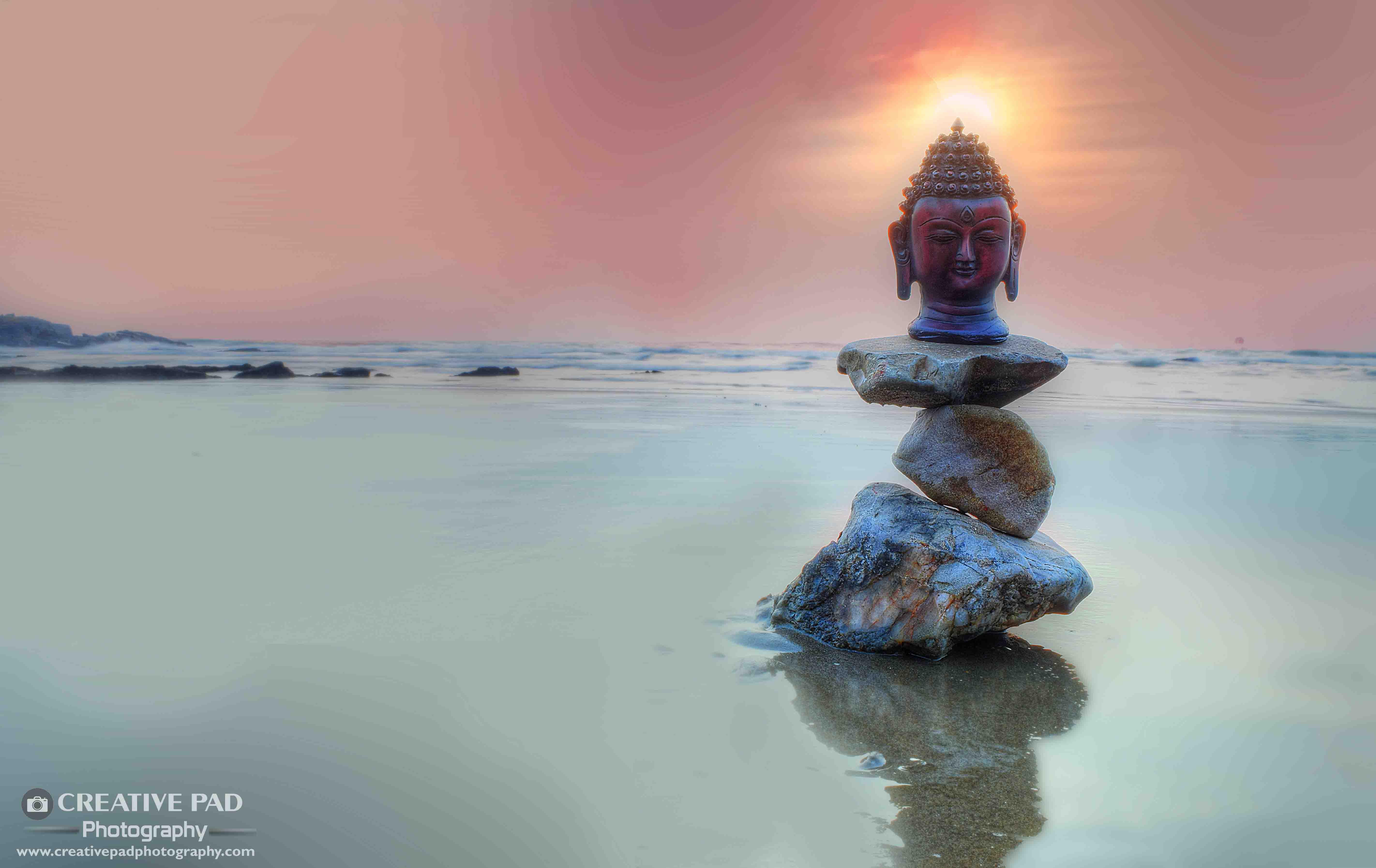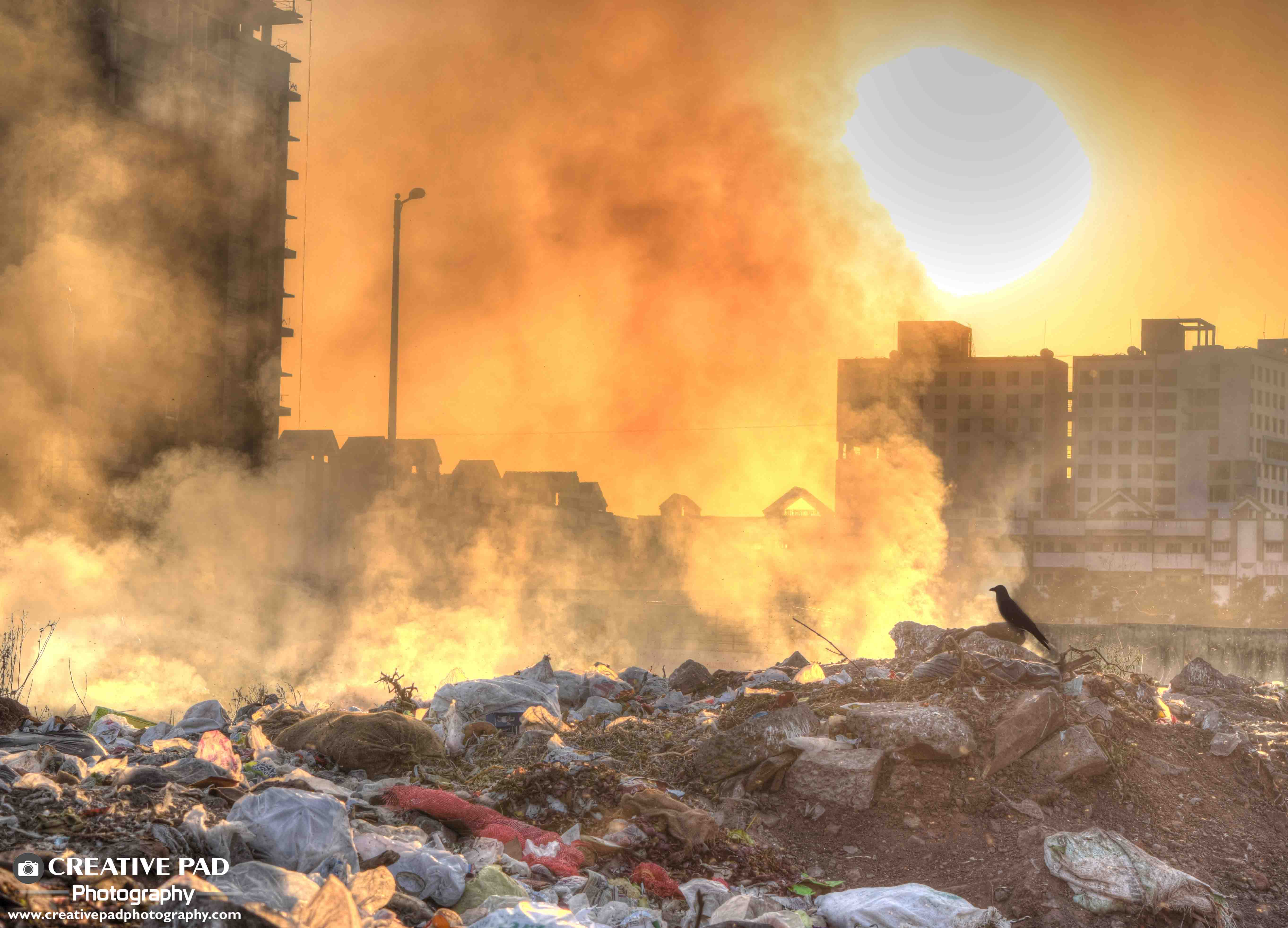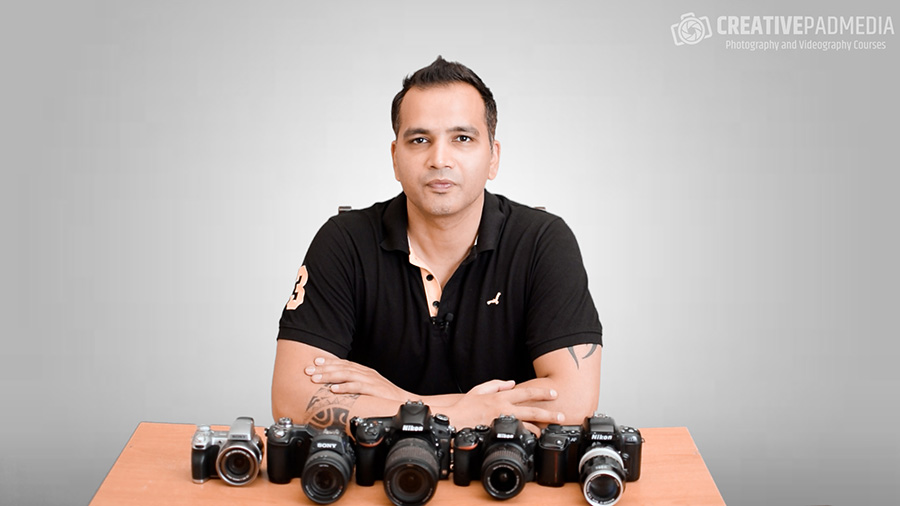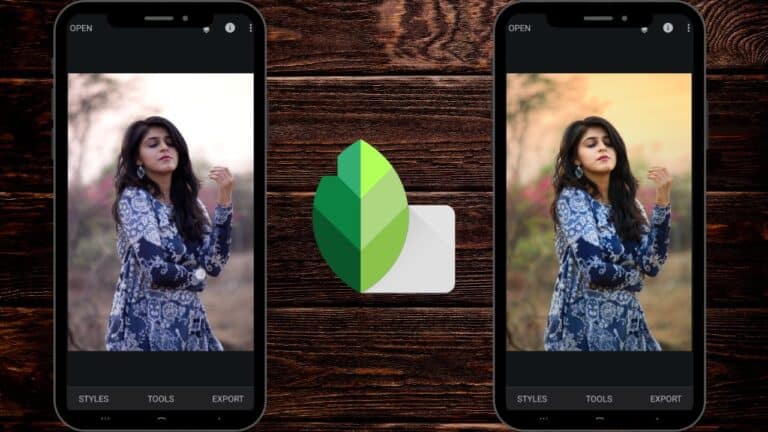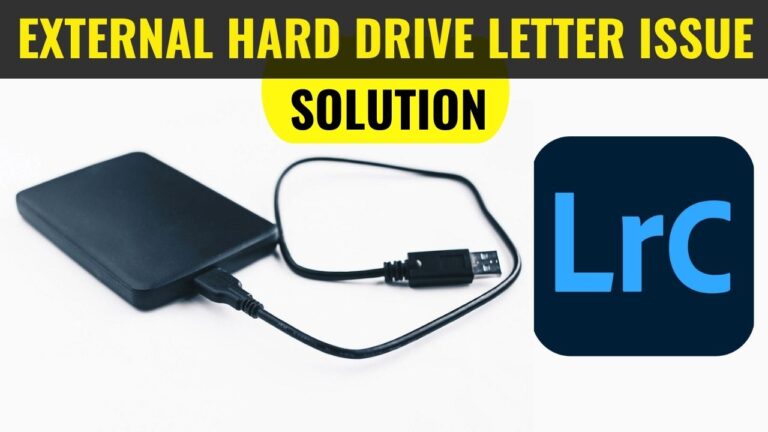How Knowing Editing Techniques Actually Makes You a Better Photographer Too
There are three types of photographers – one, who prefer to stick to minimal editing and consider the image that comes straight out of the camera (SOOC) to be just about the final one.
Then there is another breed that considers spending more time editing a picture than it required to take one.
And finally, there are also the on-the-fence types who will go that extra mile as far as editing is concerned on some occasions, and keep it totally real in some.
It’s my personal opinion that extremes should be avoided, so the third one rings true with me personally.
Make no mistake, I love editing and consider it an art in itself.
But while many photographers believe editing to be separate from the art of taking photos, I firmly believe that it is an extension of photography itself, especially in this digital age.
It’s been my observation that some of the best modern-day photographers are also very good at editing.
The reason behind this is that editing moves you from just taking photographs to MAKING them. When you know even semi-advanced editing techniques, you regain a certain amount of control of the situation that is in front of you when you are taking the shot.
For instance, in landscape photography, the chances of every aspect of the scene being right at one particular moment are very rare.
A hundred things can go wrong. Someone can cause some unwanted movement in the scene. The sun may not be where you expect it to be. There might be objects in the scene that you do not wish to make a part of the shot. The lighting may not be favourable to some part of the scene at that moment.
In these cases, just knowing the simple technique of how to combine two or more images (composite photography) can save you a great deal of effort. Instead of waiting patiently for hours, you can just take different shots that favour one particular aspect and then combine them together to make the overall scene optimum.
Don’t get me wrong. I’m all for patience and sometimes I do spend a lot of time in taking one particular shot, but the point is that it doesn’t have to be done in every circumstance. There is nothing wrong in being efficient and taking the smarter way out when the situation presents itself. Remember that photography should never prove to be unnecessary burden on you. Otherwise, your mind can get conditioned into thinking that every time you go out and take a shot, you’ll have to suffer. And that can be discouraging.
In the Buddha shot that you can see above, if I was a photographer who relied just on shooting and did not know about editing, the results just would not be the same because just taking one photograph would have meant that I would have had to choose between exposing the sky or the Buddha idol.
If I had chosen the sky behind, then the idol would have been underexposed grossly due to the backlit scene. If I chose to expose the idol, then I would have got an overexposed sky and lose the warm colours.
But since I knew how to effectively combine tow images, I was able to get the best of both the worlds. I took two separate images for each element and then combined them in Photoshop.
When you are good with editing techniques, you can have your cake and eat it too.
It also makes you a relaxed photographer since you know that if something was to go wrong in the ‘real’ world, you can always put things right in the virtual one.
This increases your confidence and you end up taking more shots than to desperately wait for the situation to be ideal just for one shot.
When you know editing, you regain control of photography and start depending less on the environment.
This will result in you getting more shots and thus decrease the pressure on you every time you go out. Imagine a scenario where you are going out every-time to get a shot and not getting one. This can easily happen if you are just relying on some particular moments. This can really make photography stressful.
When you are good with editing, you slowly start to envision how a photograph would look even before you’ve begun the process of shooting. You start with a goal in mind and then work towards making it happen. This makes the whole process more creative and fun, since each step gets you closer to the goal. Photography no longer remains about just pressing the shutter button.
For example, look at the image below:
I had this image in my mind the moment I had seen this scene the day before I took this shot. I knew I wanted the silhouetted crow against the setting sun.
When I went there, there were factors that would have normally proved to be a hindrance. There were stray dogs that were continually coming in the frame, there were unwanted crows at other points, the amount of smoke was varying, etc.
If I had to rely on just one image to get this, it would have been very tough.
Instead, I waited for the moment where I got the crow that you can see to be where I wanted it, and took the shot. I had got one part of my vision.
Next, I stopped worrying about what was happening on the ground as I had already got what I wanted. I had the luxury to only worry about the sky and wait for a moment where more amount of smoke was seen. I was easily able to get that too with different settings to expose the sky well.
At that moment, even if the dogs or other crows were there on the ground, it did not matter to me as I knew I would be combining the sky with the first shot.
There was no way I would have waited at this place for hours just so that everything was right at one particular moment.
I knew what I wanted, took the shots, and went back confident that I could combine these shots effectively.
This is the reason I always encourage people in my workshops to get very good at editing, for it changes the whole game and makes it for fun, which is the most important thing.

